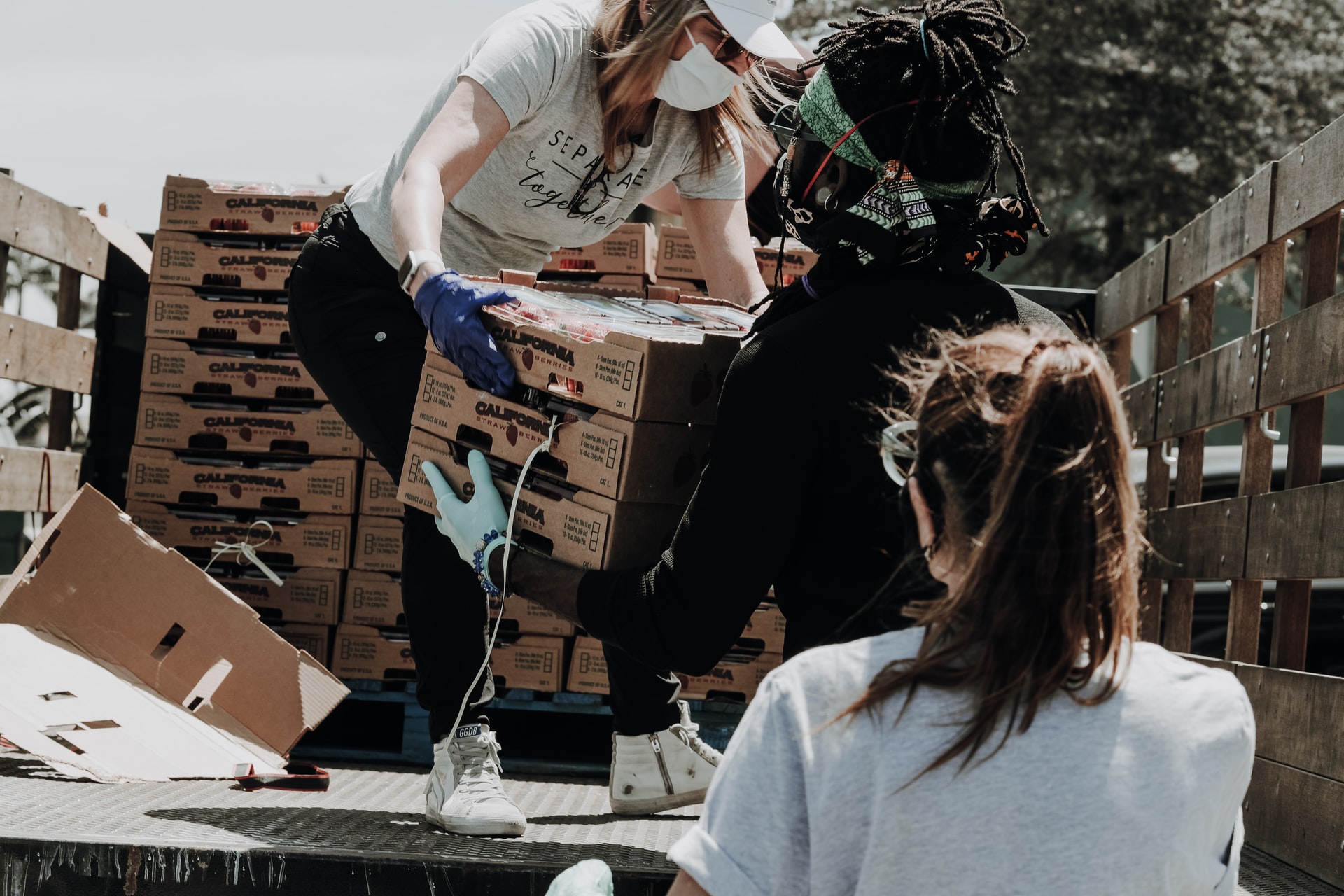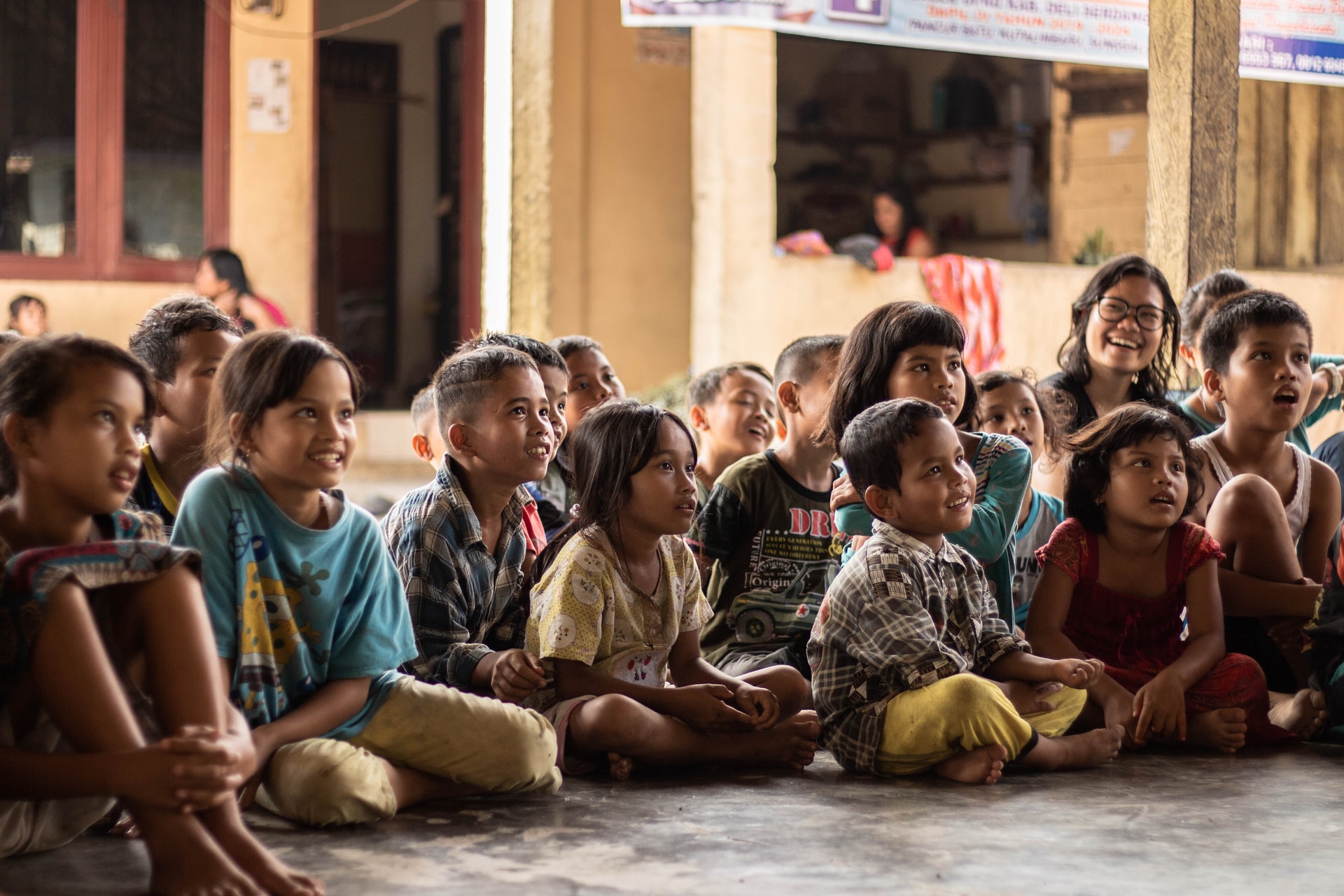Real-Time Crowdsourced Data
Premise for Government

Empower clients and communities
We adapt by sourcing data from locals.
Global Data
Actionable Insights with Crowdsourcing
The Premise platform is changing the way we learn from and adapt to international development work by collecting data from a network of contributors living in and near beneficiary communities. Real-time crowdsourced data has the potential to make humanitarian work more efficient, agile and effective.

Civic Engagement
Transparency and civic involvement are top priorities for forward-looking communities. Premise for Government involves local residents in the data collection process and insights can be shared with the community to encourage collective decision-making and a sense of community ownership.

Prioritization
With a backlog of maintenance work, you need to choose which assets to repair or replace first. Data insights can help you understand which locations are most critical or most visible to the public.

Resident Sentiment
Most residents don’t often provide unsolicited feedback on city services and overall satisfaction because reaching the right department and person or navigating a website can be difficult. The Premise Contributor App can be used to collect sentiment surveys directly from Contributors or provide instructions and scripts for Contributors to conduct interviews with other residents and visitors.

Staff Augmentation
Leverage our Contributors on-demand to perform simple on-site tasks that would otherwise require a routine trip by one of your staff members. Tasks such as confirming work order submissions, assessing the condition of public assets like benches or sidewalks, or tracking the number of people waiting in line at City Hall or at the bus stop can all be performed by our extensive network, freeing up your staff to perform other critical activities.
Common Uses
Asset Inventory, Conditional Assessment, and Visual Confirmation
Use the Contributor Network to catalog dangerous sidewalk cracks or leaking fire hydrants, map an inventory of street signage, or visually inspect a broken streetlight before you send your repair work crew.
Citywide Seasonal Census or Survey
Perform annual surveys covering a range of topics including homelessness, animal waste, potholes, graffiti, and more. We ensure complete coverage of all areas of your city and deliver insights that can help you plan and prioritize asset management and code enforcement cases.
Tracking Trends on Social Media for Early Notification
We use data science to scour Twitter, Facebook, and other sites for trending keywords that can serve as early indicators of changing conditions and trending topics on the ground so you can act quickly.
Surveying Resident and Visitor Sentiment
Our mobile app can be used to send quick polls or longer surveys directly to network contributors. These surveys can be triggered when contributors arrive at designated locations. Contributors can also be asked to survey others in the nearby vicinity.
Measuring Availability and Quality of City Services
Contributors help you understand how public services are being used and how your residents feel about using them. Measurements can include reporting on wait times at City Hall to rating experiences when visiting public spaces, or the availability of shared resources like bikes and tennis courts.

Empower clients and communities
Optimize humanitarian assistance and disaster response
Collect real-time data, even in areas with limited humanitarian access. Validate and map the locations of informal settlements in need of assistance. Conduct basic needs assessments, understand household consumption patterns, gather information on staple food costs and availability, and assess WASH conditions.


Strengthen monitoring, evaluation, and learning
Track progress, results, and effectiveness of development activities with real-time information and insight into on-the-ground developments. Directly survey beneficiaries, gather observational data after project completion, and monitor development activities in target communities.